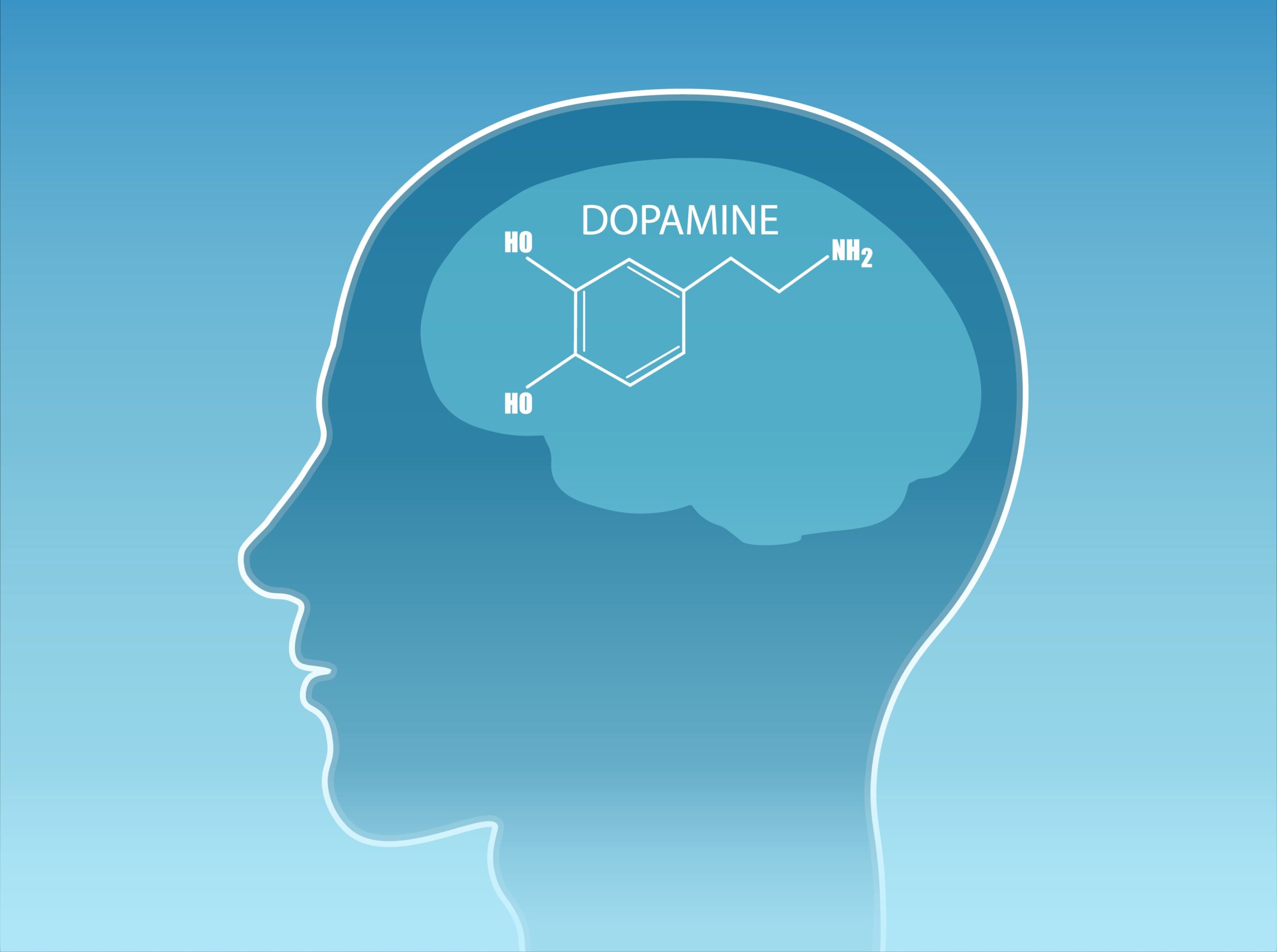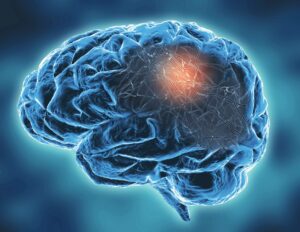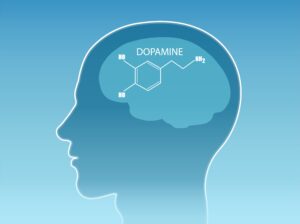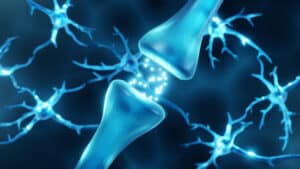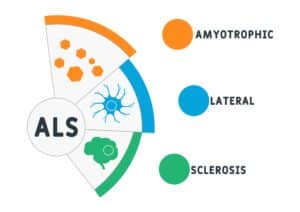The late stages of Alzheimer’s disease can be devastating for patients and their caretakers, as they are characterized by substantial memory problems, trouble speaking and communicating, erratic mood, and the inability to care for oneself in even the simplest capacities. Needless to say, the search for effective treatments remains an urgent priority for the entire medical community. But now, a research team at the RIKEN Center for Brain Science (CBS) in Japan may have discovered a new way to combat Alzheimer’s disease: leveraging dopamine as a therapeutic agent.
Unlocking the Connection Between Dopamine and Alzheimer’s Disease
Alzheimer’s disease is characterized by β-amyloid plaques, which are made of aggregated β-amyloid protein, that form around the neurons in the brain. The RIKEN CBS researchers focused their attention on these plaques.
In previous experiments, the researchers identified that the enzyme neprilysin — specifically, genetic manipulation to upregulate neprilysin in the brain — resulted in fewer plaques and improved memory in mouse models of Alzheimer’s disease. This was a promising finding, but the team still needed a way to translate the protocol into a medicated therapy. Neprilysin cannot enter the brain from the bloodstream, so it cannot be administered through pills or an injection. With that in mind, the researchers conducted a study to find the best way to naturally upregulate neprilysin in the brain. The answer, perhaps surprisingly, was dopamine.
Dopamine Targets Alzheimer’s Disease Plaques
Before the team could identify dopamine as a neprilysin-promoting mechanism, they screened a number of different molecules. Based on previous research, the team was able to limit their screening to hormones produced by the region of the brain known as the hypothalamus, previously identified as a sector capable of flexibly modulating certain components of cognition. That list of hormones included growth hormone-releasing hormone (GHRH), corticotropin-releasing hormone (CRH), and dopamine, all of which are released from the hypothalamus into the blood. When it came time to test the effects of dopamine, the team applied the hormone to brain cells cultured in a dish. Adding the dopamine naturally increased levels of neprilysin in the cells; it also reduced levels of free-floating β-amyloid. At that point, the team was ready to test the protocol in mouse models.
Evaluating Dopamine in Mouse Models
The team used a Designer Receptors Exclusively Activated by Designer Drugs (DREADD) system to insert receptors into the dopamine-producing neurons of mouse models. Activating the receptors led to increased neprilysin in the mice; it also led to decreased levels of free-floating β-amyloid, albeit only in the front part of the subjects’ brains.
From there, the researchers worked with a special mouse model of Alzheimer’s disease in which the mice develop β-amyloid plaques. After eight weeks of dopamine treatment, the mice showed significantly fewer plaques in the prefrontal cortex. Finally, the team experimented with an L-DOPA treatment, which is a dopamine precursor molecule often used to treat Parkinson’s disease. Unlike neprilysin, L-DOPA can enter the brain from the blood, and upon entering the brain, L-DOPA is converted directly into dopamine. After the mouse model was treated with L-DOPA, it showed significantly increased neprilysin and decreased β-amyloid plaques in both frontal and posterior parts of the brain.
_____
The use of dopamine as a therapeutic agent for Alzheimer’s disease is still in its early stages. The RIKEN Center for Brain Science team will next explore why dopamine causes neprilysin levels to increase. Researchers will also need to conduct human clinical trials based on the findings from the trials using mouse models. If human subjects show a similar response to dopamine, it could lead to a major breakthrough in treating Alzheimer’s disease.
At Scantox Neuro, several preclinical models of Alzheimer’s disease are available that allow researchers to evaluate the effect of new treatments on Alzheimer’s pathology in vitro and in vivo. Models of Aβ toxicity, Aβ peptide formation or Aβ aggregates but also tau hyperphosphorylation, tau aggregation or tau uptake and seeding allow to analyze the efficacy of experimental drugs in vitro. Available in vivo models include different APP and tau transgenic mice as well as scopolamine-treated rats. Behavioral tests in rodents enable the analysis of the Alzheimer’s disease phenotype. Scantox has established further molecular and histological evaluations of the Alzheimer’s pathology for ex vivo tissue analysis, and tissue of Alzheimer’s animal models is readily available in our Biobank.
Scantox is the leading Nordic preclinical GLP-accredited contract research organization (CRO), delivering the highest grade of pharmacology and regulatory toxicology services since 1977. Scantox focuses on preclinical contract research services, supporting pharmaceutical and biotechnology companies with their drug development projects. Core competencies include explorative and efficacy studies, PK studies, general toxicology studies, local tolerance studies, wound healing studies, and vaccines. For more information about Scantox, visit https://scantox.com.

